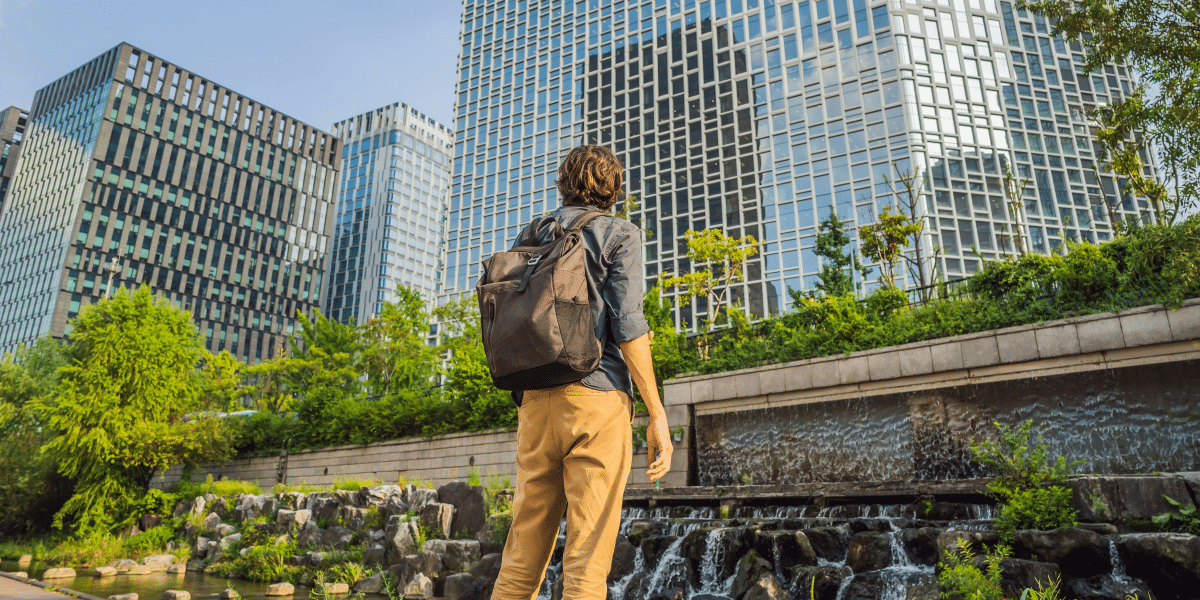What Are Green Practices?
Green practices refer to environmentally friendly actions and policies aimed at conserving resources, reducing pollution, and promoting sustainability. These can include anything from recycling programs and renewable energy projects to sustainable transportation and green building standards. By implementing green practices, cities can significantly lower their carbon footprint and contribute to a healthier planet.
How Are Cities Implementing Renewable Energy?
One of the most impactful ways cities are adopting green practices is through renewable energy. Many U.S. cities are investing in solar, wind, and hydroelectric power to reduce reliance on fossil fuels. For example, Los Angeles has made substantial investments in solar power with the goal of reaching 100% renewable energy by 2045. Similarly, cities like Seattle and San Francisco are leading the way in wind and hydroelectric power.
Renewable energy projects not only reduce greenhouse gas emissions but also create jobs and stimulate the local economy. By harnessing the power of the sun, wind, and water, cities are making significant strides toward a sustainable future.
What Role Does Public Transportation Play?
Sustainable transportation is another key component of green practices in cities. Public transportation systems, such as buses, subways, and bike-sharing programs, are being expanded and improved to reduce the number of cars on the road. Cities like New York and Chicago have invested heavily in their public transit systems, making it easier and more convenient for residents to choose eco-friendly travel options.
Additionally, many cities are promoting electric vehicles (EVs) by installing charging stations and offering incentives for EV purchases. Portland, for instance, has a comprehensive network of EV charging stations and is actively encouraging the adoption of electric cars. These efforts help decrease air pollution and dependence on non-renewable energy sources.
How Are Buildings Becoming Greener?
Green building standards are another significant area where cities are making a difference. By implementing guidelines such as LEED (Leadership in Energy and Environmental Design), cities ensure that new buildings are constructed with sustainability in mind. These standards focus on energy efficiency, water conservation, and the use of sustainable materials.
For example, Boston has mandated that all new municipal buildings meet LEED certification, and many private developers are following suit. Green buildings not only reduce environmental impact but also lower operating costs and provide healthier indoor environments for occupants.
What Are Cities Doing About Waste Management?
Effective waste management is crucial for sustainability. Cities are adopting various strategies to reduce waste, such as recycling programs, composting, and waste-to-energy initiatives. San Francisco is a leader in this area, with one of the most comprehensive recycling and composting programs in the country. The city aims to achieve zero waste by 2030, meaning virtually no waste will end up in landfills.
Other cities are exploring waste-to-energy technologies, where waste is converted into energy through processes like incineration and anaerobic digestion. These initiatives not only reduce the amount of waste in landfills but also provide a renewable source of energy.
How Are Green Spaces Benefiting Cities?
Green spaces, such as parks, community gardens, and urban forests, play a vital role in promoting sustainability. They provide numerous environmental benefits, including improved air quality, reduced urban heat islands, and increased biodiversity. Additionally, green spaces offer recreational opportunities and improve mental health for city residents.
Cities like Minneapolis and Denver are investing in expanding and maintaining their green spaces. Minneapolis, for example, has an extensive park system that covers over 6,800 acres, providing ample green space for its residents. These green spaces are essential for creating sustainable and livable urban environments.
What Are the Challenges and Opportunities?
While many cities are making significant progress in adopting green practices, challenges remain. Funding for large-scale sustainability projects can be a significant hurdle, and not all cities have the resources to invest in renewable energy or extensive public transportation systems. Additionally, there can be resistance from residents or businesses who are reluctant to change their habits or incur additional costs.
However, the opportunities are vast. Federal and state grants, public-private partnerships, and innovative financing solutions can help overcome financial barriers. Public awareness and education campaigns can also play a crucial role in gaining support for green initiatives. By working together, cities can share best practices and learn from each other’s successes and challenges.
The adoption of green practices by cities across the United States is a crucial step toward a sustainable future. Through renewable energy, sustainable transportation, green building standards, effective waste management, and the creation of green spaces, cities are reducing their environmental impact and improving the quality of life for their residents. While challenges exist, the commitment to sustainability continues to grow, offering hope for a greener, healthier planet.








